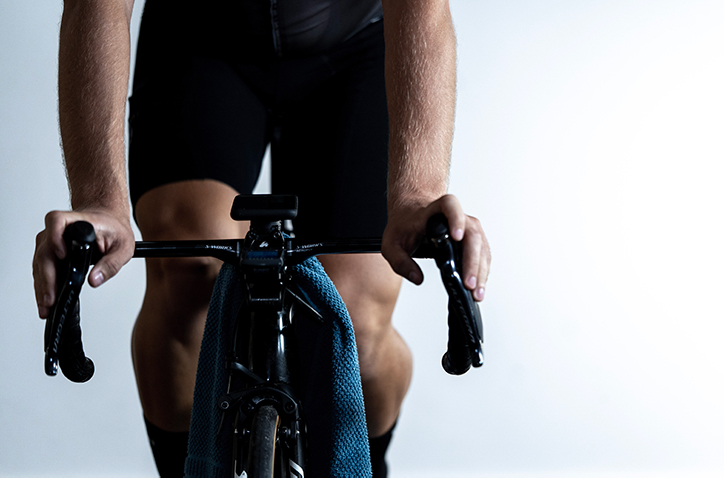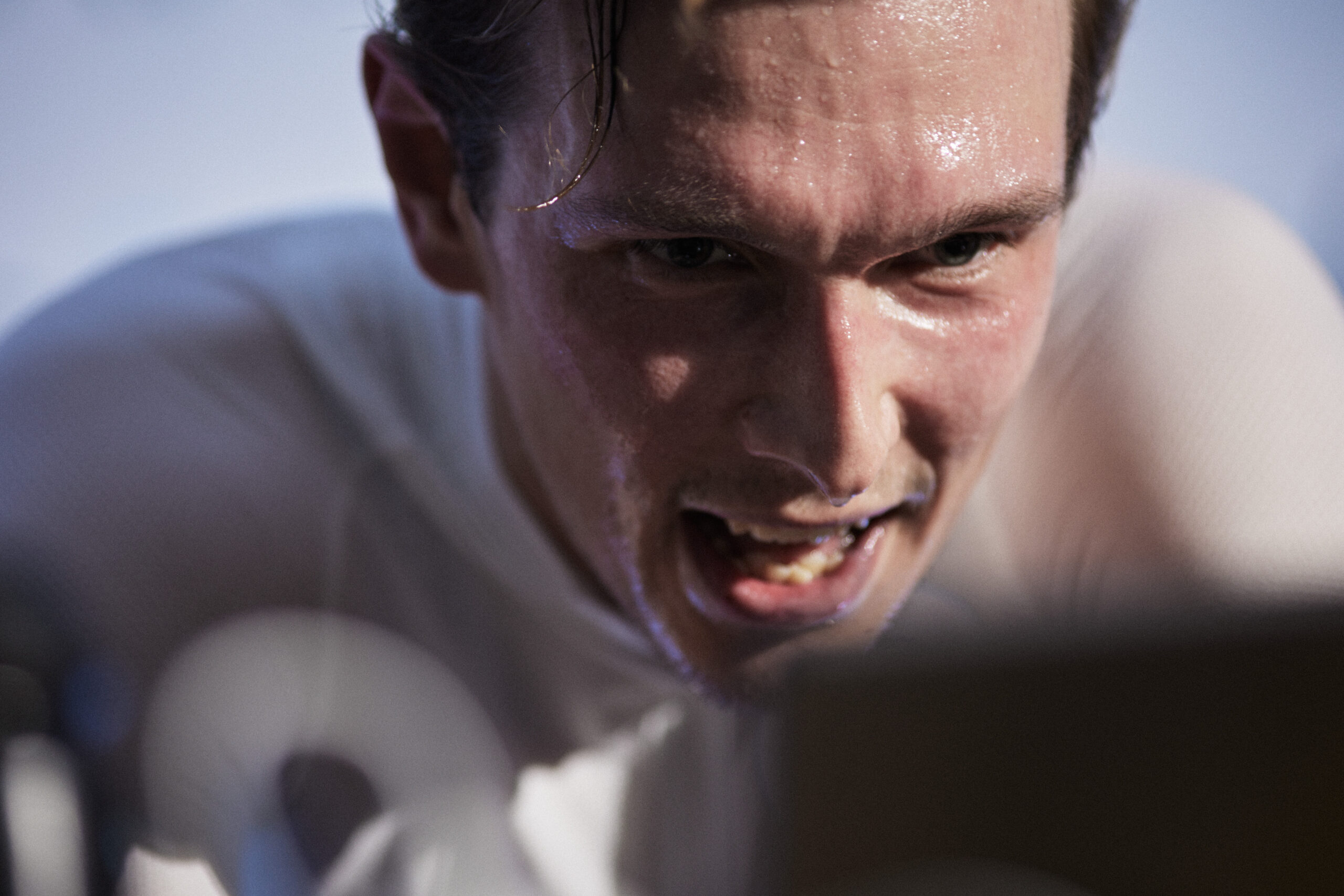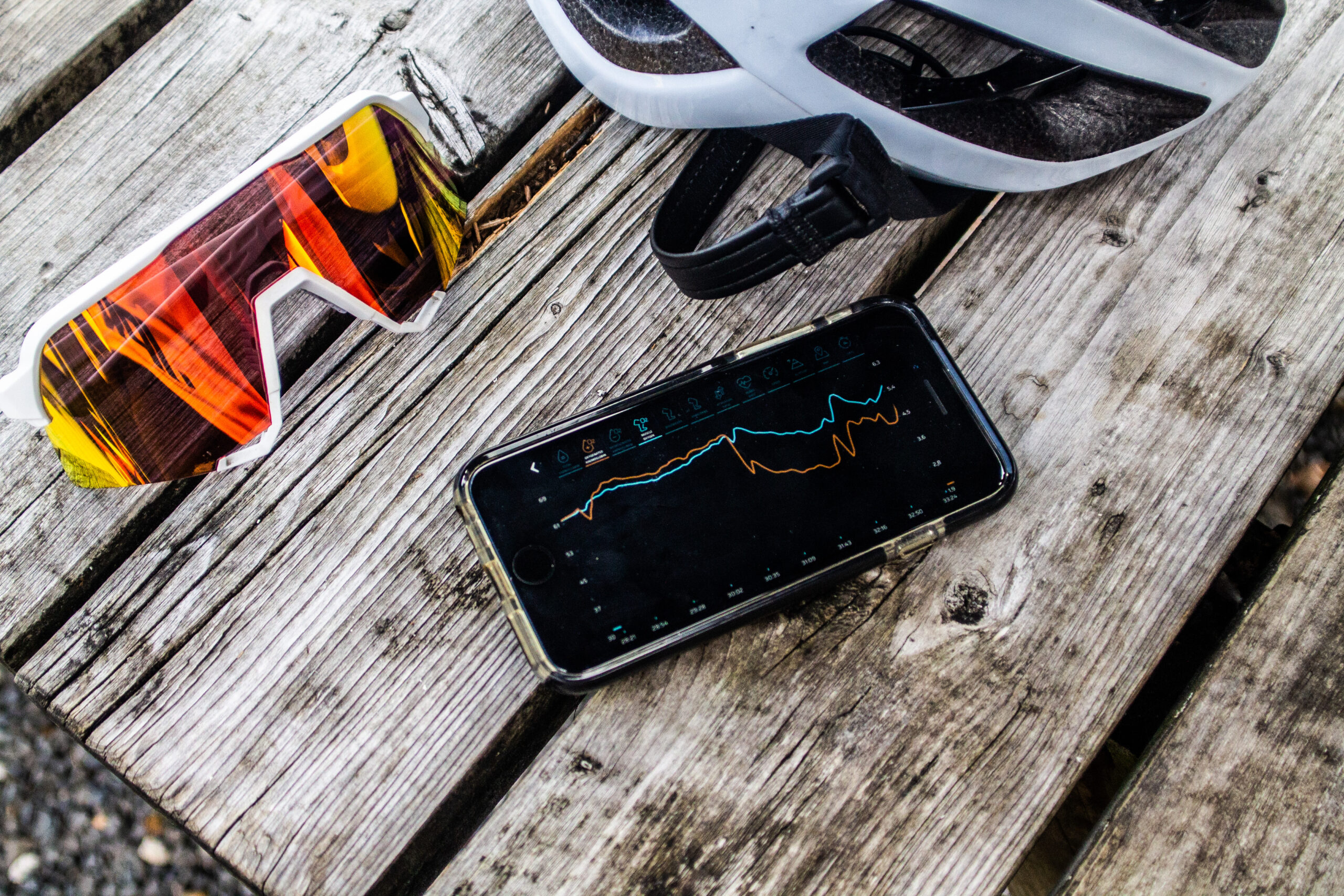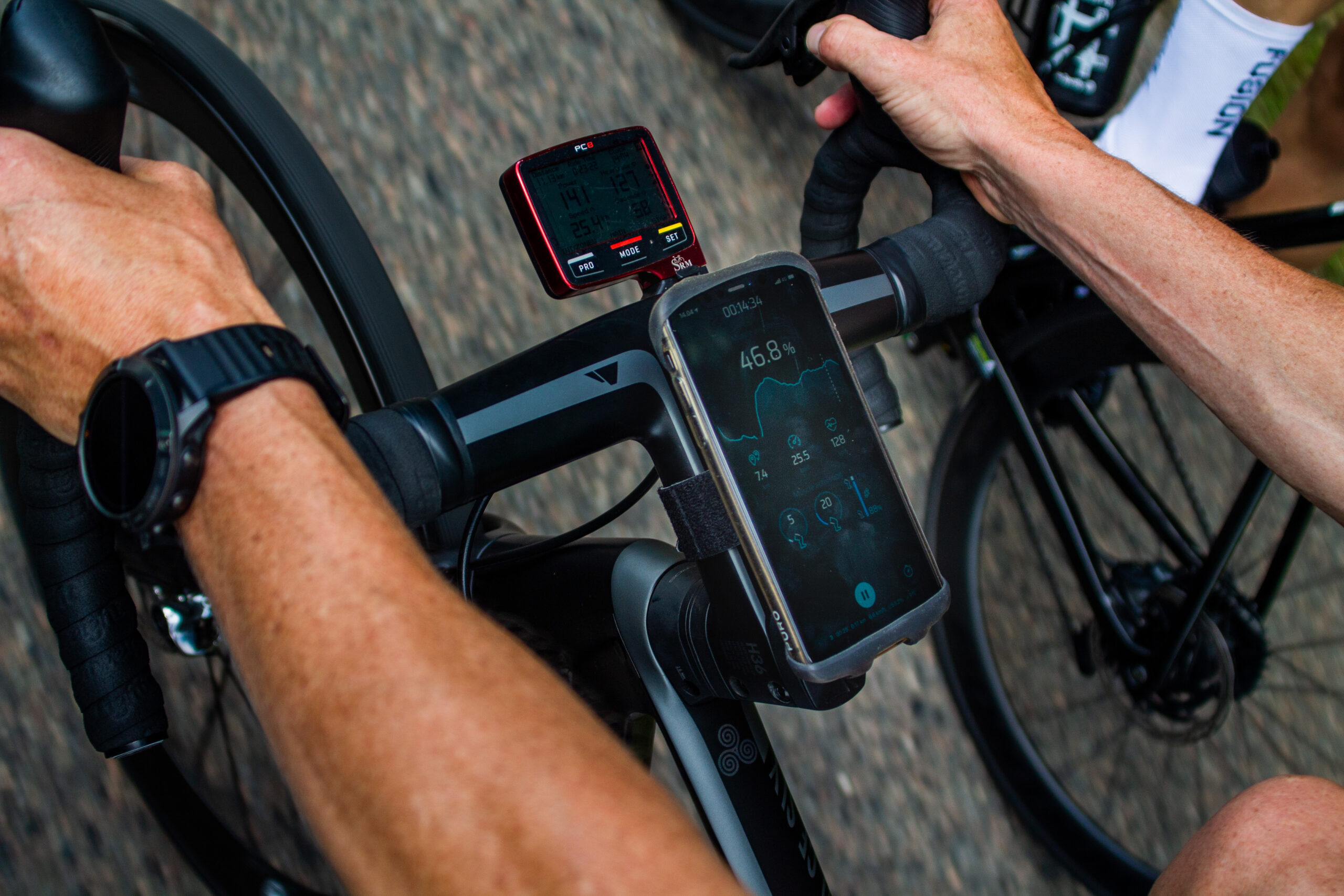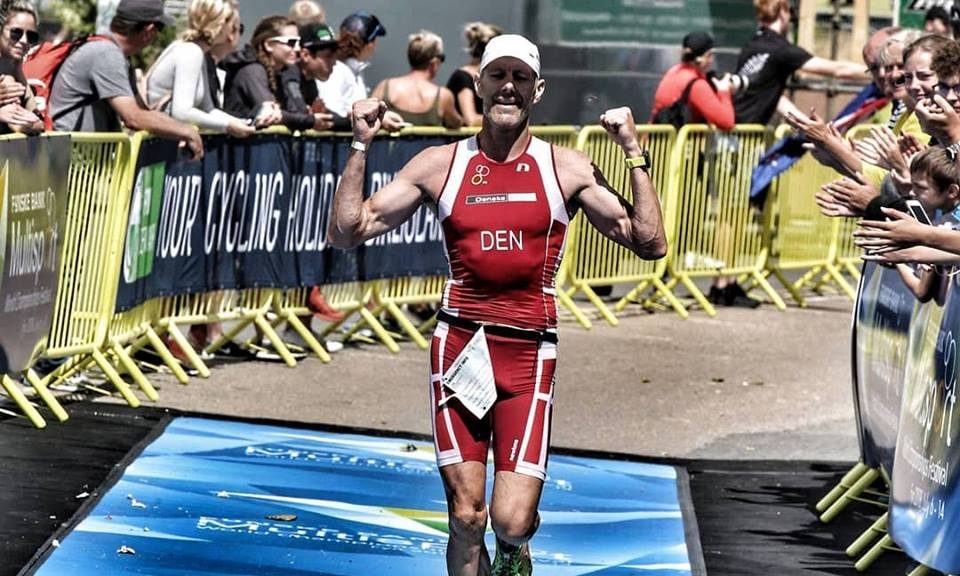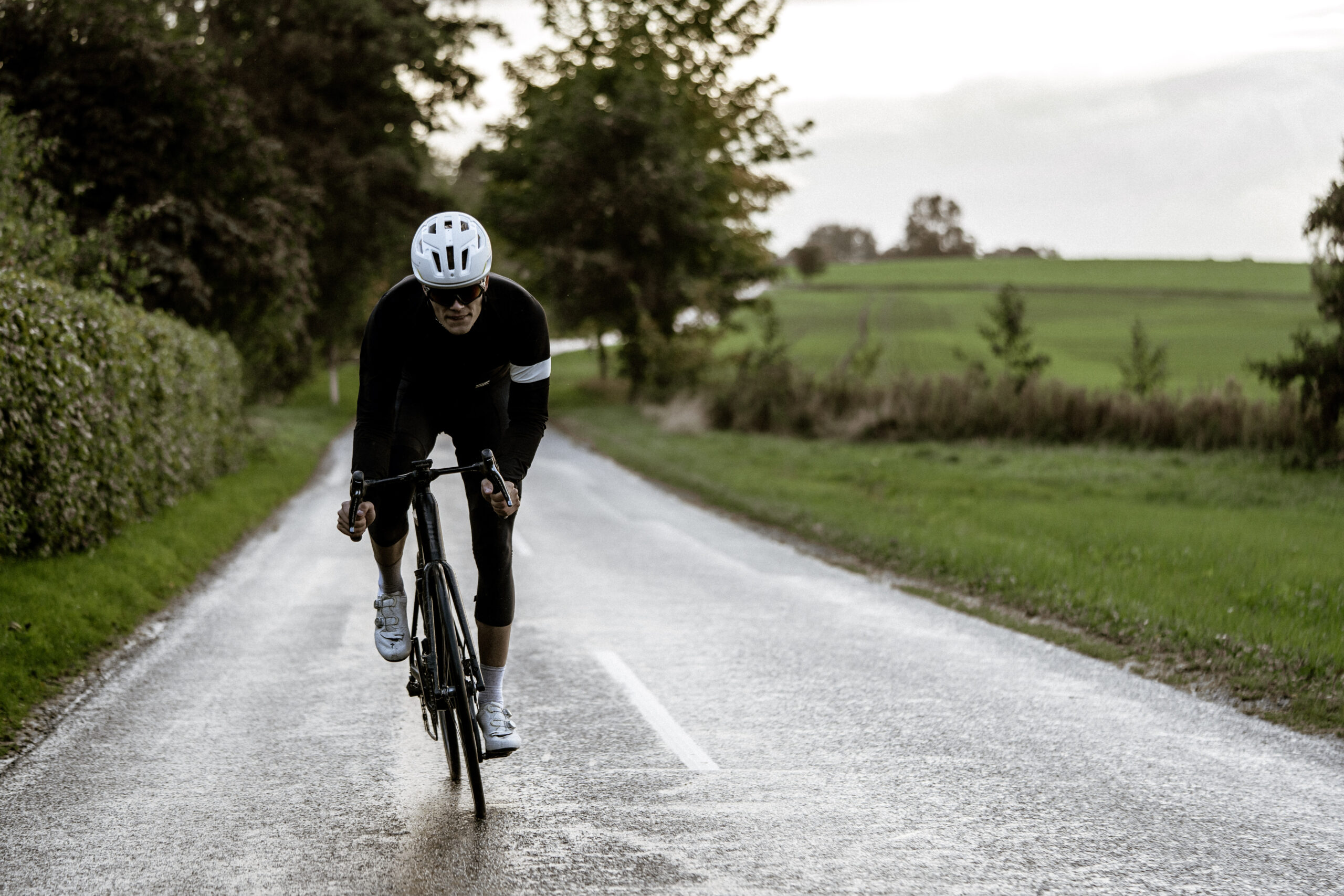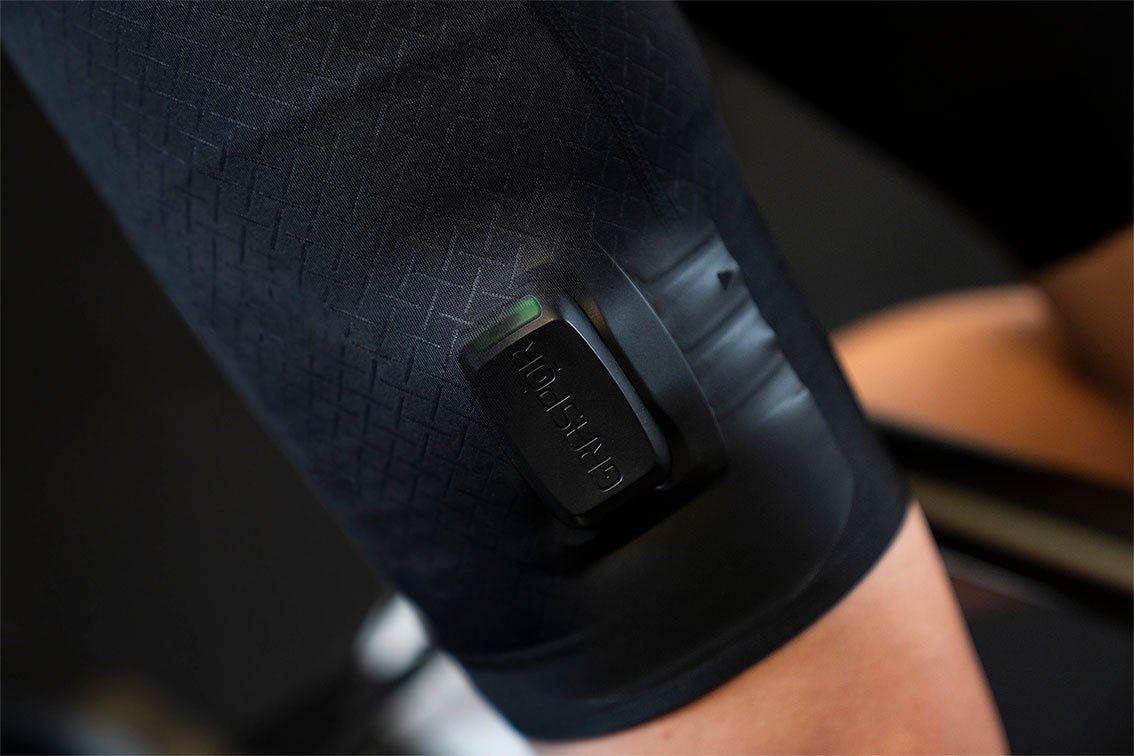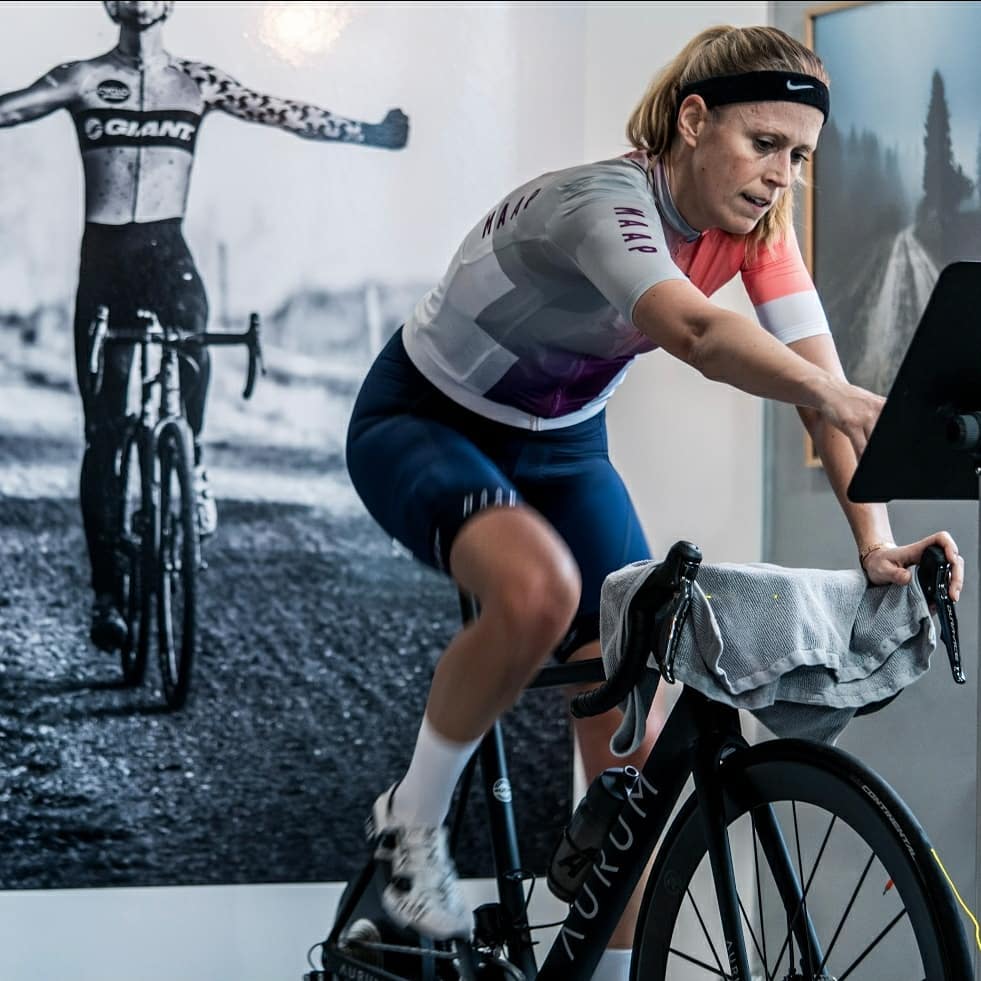What are the benefits of warming up?
Before a hard race or time trial, many of us complete some type of warm-up routine. It could be a few strenuous efforts, series of steps of increasing intensity, or maybe a few sprints.
But why do we only warm up before an important event, when warming up before a training ride could prepare us better than just pedalling easily for 20 minutes and increase our training yield?
Many researchers point out the significant advantages of performing warm-up routines before high-intensity efforts and before interval training[1] in particular.
The effects of warming up include increased blood flow, increased energy production, and reduced lactic acid buildup[2].
By increasing your blood flow, you improve your ability to transport oxygen to your working muscles, which is essential when you want to perform well. The amount of energy or fuel your muscles can use is directly dependent on the supply of oxygen.
So, we know that warming up before an event can be crucial if you want to perform well. Better prepared muscles and blood flow will help your performance in the first hour of the event or training session. So why do so many cyclists still choose just to ride easily for 20 minutes before riding hard intervals, and how do we know that our warm-up protocol is efficient?
How does GRASPOR help?
GRASPOR measures the oxygenated blood available in the muscle, giving you precise data about how your blood flow is affected by your warm-up protocol. Using these data, you can adapt your warm-up protocol to suit you or a specific event or training session.
The main goal of the warm-up protocol is to increase blood flow to the muscles to prepare them for the hard work ahead.
Exactly how can GRASPOR help me with my warm-up? We have covered this in another article, but here are the basics:
Your focus should be on increasing the total amount of haemoglobin, or red blood cells, in your muscles and achieving the highest Muscle Oxygen possible. This is best achieved through a series of stimuli, i.e., short strenuous efforts.
Our suggestion for a warm-up protocol
We recommend that you prepare for riding high-intensity intervals by doing 1 or 2 shorter efforts of 1–3-minutes duration at increasingly higher intensities up until threshold, followed by 2-3 shorter efforts (30-60s) above your threshold.
It is important that your warm-up reflects your intervals or event. If you are doing a sprint-focussed workout, include a few 6-second sprints where you start from 5 km/h in a relatively hard gear, during your warm-up to fully prepare your body for the intensity.



